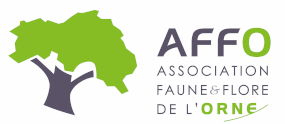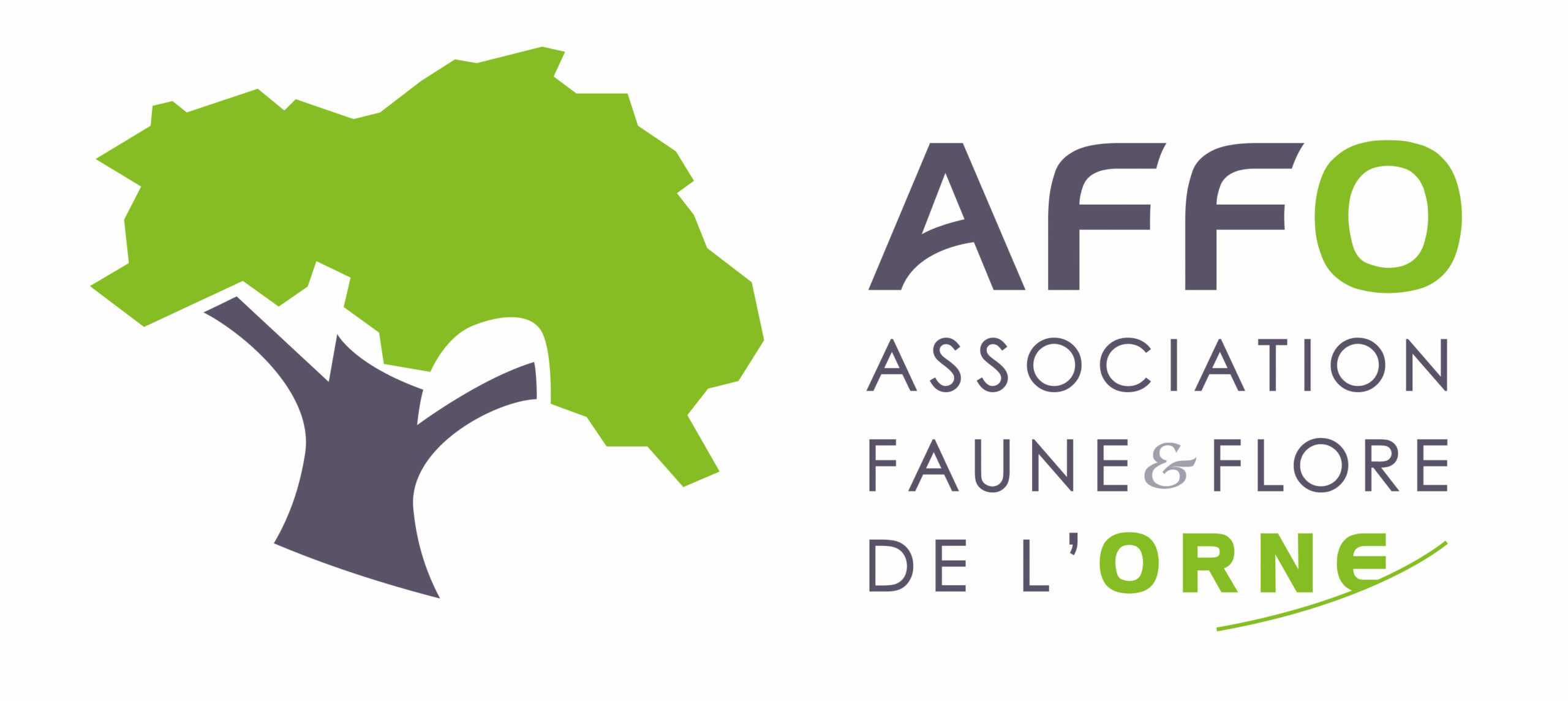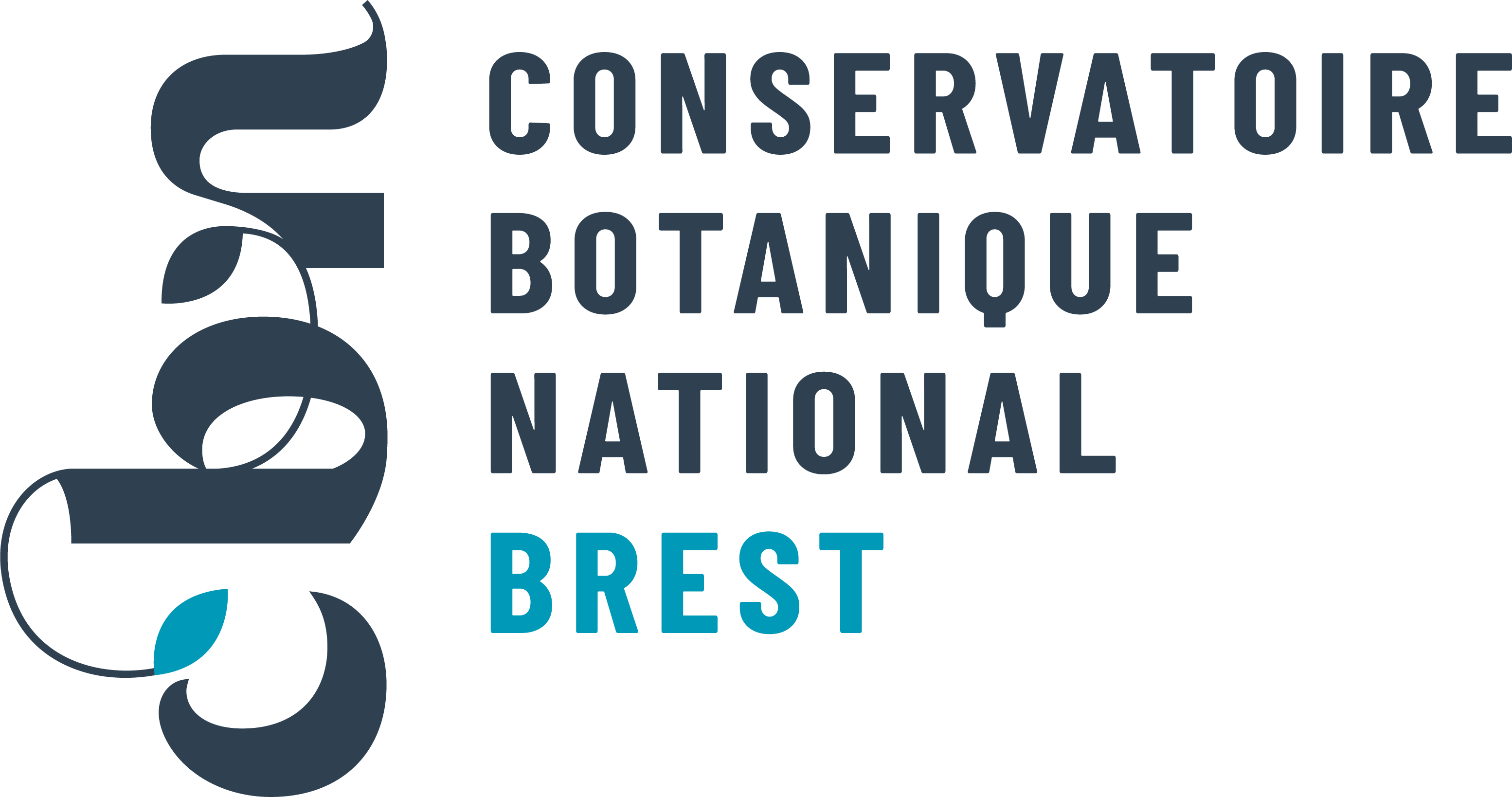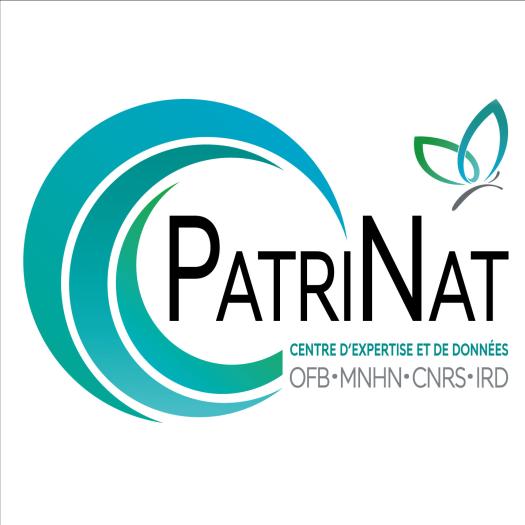Daphné lauréole
Daphne laureola L., 1753
Où cette espèce a-t-elle été observée ?
 Attention : cette espèce peut être présente où il n’y a pas de maille, mais à ce jour elle n’y a pas encore été observée.
Attention : cette espèce peut être présente où il n’y a pas de maille, mais à ce jour elle n’y a pas encore été observée.
- 162 observations
-
72
communes -
46
observateurs
13
organismes -
Première observation
1861 -
Dernière observation
2025
Appenai-sous-Bellême - Bazoches-sur-Hoëne - Beaulieu - Beaumont-les-Autels - Belforêt-en-Perche - Belhomert-Guéhouville - Bellême - Bellou-le-Trichard - Berd'huis - Bretoncelles - Champeaux-sur-Sarthe - Chapelle-Guillaume - Combres - Corbon - Coudray-au-Perche - Courgeon - Courgeoût - Cour-Maugis sur Huisne - Dame-Marie - Digny - Feings - Frazé - Igé - Irai - Jaudrais - La Chapelle-Montligeon - La Ferté-Vidame - La Mesnière - Le Mage - Le Pin-la-Garenne - Les Corvées-les-Yys - Longny les Villages - Luigny - Manou - Meaucé - Miermaigne - Montgaudry - Montireau - Mortagne-au-Perche - Moutiers-au-Perche - Nogent-le-Rotrou - Nonvilliers-Grandhoux - Parfondeval - Perche en Nocé - Pervenchères - Pouvrai - Rémalard en Perche - Réveillon - Sablons sur Huisne - Saint-Aquilin-de-Corbion - Saint-Bomer - Saint-Cyr-la-Rosière - Saint-Denis-sur-Huisne - Sainte-Céronne-lès-Mortagne - Saint-Éliph - Saint-Germain-de-la-Coudre - Saint-Germain-de-Martigny - Saint-Hilaire-le-Châtel - Saintigny - Saint-Jean-Pierre-Fixte - Saint-Langis-lès-Mortagne - Saint-Martin-du-Vieux-Bellême - Saint-Ouen-de-Sécherouvre - Saint-Quentin-de-Blavou - Senonches - Soligny-la-Trappe - Souancé-au-Perche - Tourouvre au Perche - Vaunoise - Vaupillon - Verrières - Villiers-sous-Mortagne
-
Association Faune & Flore de l'Orne (AFFO)
Participation à 63 Observations
Part d'aide à la prospection : 38.89 %
Fiche organisme
-
Conservatoire Botanique National de Brest (CBNB)
Participation à 41 Observations
Part d'aide à la prospection : 25.31 %
Fiche organisme
-
PNR et géoparc mondial UNESCO Normandie-Maine
Participation à 41 Observations
Part d'aide à la prospection : 25.31 %
Fiche organisme
-
UMS PatriNat (OFB-CNRS-MNHN)
Participation à 34 Observations
Part d'aide à la prospection : 20.99 %
Fiche organisme
-
Conservatoire botanique national du Bassin parisien (CBNBP)
Participation à 30 Observations
Part d'aide à la prospection : 18.52 %
Fiche organisme
-
PNR du Perche
Participation à 24 Observations
Part d'aide à la prospection : 14.81 %
Fiche organisme
-
Institut national de l'information géographique et forestière (IGN)
Participation à 6 Observations
Part d'aide à la prospection : 3.70 %
Fiche organisme
-
Ministère de la Transition écologique et de la Cohésion des territoires
Participation à 4 Observations
Part d'aide à la prospection : 2.47 %
Fiche organisme
-
Institut floristique franco-belge (IFFB)
Participation à 3 Observations
Part d'aide à la prospection : 1.85 %
Fiche organisme
-
Système mondial d’information sur la biodiversité (GBIF)
Participation à 1 Observation
Part d'aide à la prospection : 0.62 %
Fiche organisme
-
Base pour l'inventaire des observations subaquatiques (BioObs)
Participation à 1 Observation
Part d'aide à la prospection : 0.62 %
Fiche organisme
-
Muséum national d'Histoire naturelle (MNHN)
Participation à 1 Observation
Part d'aide à la prospection : 0.62 %
Fiche organisme
Informations espèce
G1.683 : Pollino beech forests
G1.686 : Northern Sicilian beech forests
G1.6D53 : South Carpathian Helleborus odorus beech forests
G1.7C31 : Andalusian Acer granatense woods
G1.A171 : Chênaies-charmaies calciphiles subatlantiques à Troène
G1.A173 : Frênaies-chênaies calciphiles subatlantiques à Scilles
G2.1216 : Chênaies à Chêne vert des collines corses
G2.12432 : Supra-Mediterranean basophilous Andalusian encinares
G3.5361 : Supra-Mediterranean Baetic Salzmann's pine forests
G3.613 : Olympus white-barked pine forests
Répartition actuelle en France métropolitaine
© INPN - Avertissement : les données visualisables reflètent l'état d'avancement des connaissances et/ou la disponibilité des données existantes au niveau national : elles ne peuvent en aucun cas être considérées comme exhaustives.
Répartition actuelle dans le monde
Avertissement : les données visualisables reflètent l'état d'avancement des connaissances et/ou la disponibilité des données existantes au niveau mondial : elles ne peuvent en aucun cas être considérées comme exhaustives.














